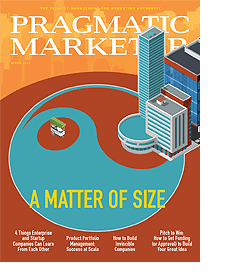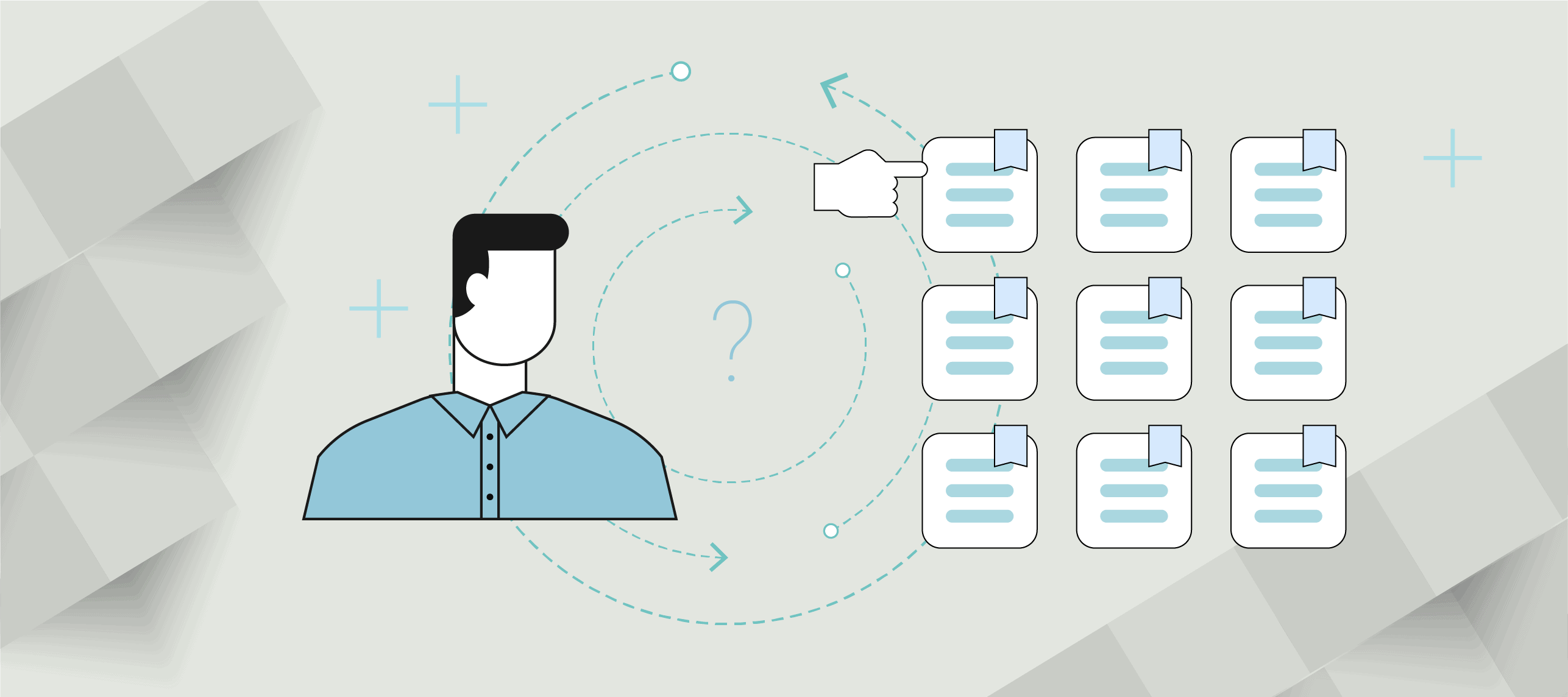Lovability shares what Aha! co-founder and CEO Brian de Haaff knows from a career of founding successful technology companies and creating award-winning products: Love is the surprising emotion that product builders cannot afford to ignore. The national bestselling book also reveals the secret behind the phenomenal growth of Aha! and the engine that powers customer love—a set of principles named The Responsive Method.
The following is a preview of Lovability, made available exclusively to Pragmatic Marketer readers.
Redefining Product
In the era when digital, app-based, cloud-based, and internet-based products dominate the marketplace, lots of companies are giving into the temptation to turn the customer experience over to technology. On the surface, this makes sense because it limits “costly” person-to-person interactions. That is a grave mistake. Customers want human interaction, and increasingly, they are making it a deal-breaker.
A 2016 Accenture Strategy report, “Digital Disconnect in Customer Engagement,” found that 83 percent of U.S. consumers prefer dealing with human beings over digital tools to solve customer-service issues. Twenty-three percent have left a service provider in the past year due to poor customer service, at an estimated cost of $1.6 trillion. Not enough attention is being paid to managing all customer touchpoints.
In any business, but especially in technology, your product is not just the software or hardware that you ship or the basic service that you provide. It is not just the bits or even the tangible item that the clerk hands over the counter or that arrives at the customer’s home. The product is the complete experience and the relationship you and the customer share. That creates loyalty, trust, and love. That is your product. That is the Complete Product Experience (CPE).
It is time that we redefined what we mean when we talk about product. From the point of view of the executive, marketer or product manager, there are two versions of the word.
- Product: What the customer thinks they are paying for.
- CPE: The totality of what the customer really values and is expecting from a product over the long term.
Today’s customer expects every touchpoint with the technology and the company that sells it to be a meaningful one that creates value. The software-as-a-service (SaaS) world offers a perfect example: software delivered via the cloud, as SaaS is not purchased but rented. Customers pay for it a month or a year at a time. If you understand that, you are more likely to think about delivering it like an ongoing service instead of a one-time sale. Remember, the last S in SaaS stands for service.
In that world, you do not just make a sale and walk away any more than you would if you rented a house to someone. You form a relationship with the user of your service. If you want to create lasting value for that customer—and lasting value for your business—you must maintain a mutually beneficial relationship. That takes personal contact, responsiveness, and attention to every stage of the CPE.
Building on Love
From the beginning, we wanted to build Aha! according to our own values. The home-run approach frequently leads to businesses that are miserable places for customers and employees alike. Obsessed with building valuation and pursuing the next round of funding, founders often delay focusing on the CPE, building customer value, or helping employees grow. Worse, by the time their ideas flourish and create value, founding team members own little or none of the company they started and have been replaced or moved on to pursue other opportunities.
We wanted to build something that real people with real needs would find value in and pay for. That was why we self-funded the company and never offered the service for free. Our only goal was to turn our vision into value for our customers, ourselves, and eventually, for any employees we hired. Company valuation was not even part of our vocabulary.
That focus paid off fast. Through experience, customer devotion, hard work, and some good fortune, we built a product that customers really wanted. And after a few months, we noticed a pattern. Again and again, customers were using the word love to describe both our product and their experience when they needed help from us. Something extraordinary was happening—we were touching people, not just professionally but personally, inspiring an intense passion and loyalty that we had not expected. We named that quality lovability.
When we look back—not only at Aha! but at dozens of other business success stories—it is obvious that lovability is the only metric of success that really matters. If your customers love you, they will not only remain fiercely loyal but also will become your most powerful marketing asset. Lovability is the greatest predictor of business success. So, what is lovability?
Lovability is an inspirational state in which your CPE exceeds expectations to such an extent that your customers feel deep affection for what you provide them and actively work to contribute to your long-term success.
Lovability restores the customer to their proper place in the business hierarchy as the reason we are in business. It is the most important organizational metric because customer love runs downstream to create loyalty, retention, profitability, and growth. Setting your target on lovability also simplifies decision-making. When faced with a choice, you simply ask, “Does this make our product and company more lovable?” If it does, proceed. If not, think twice.
Lovability From the Ground Up
There is no magic to lovability. Anyone with the right mindset can build a lovable product. But building it requires the basic skills, the intrinsic motivation, and a purpose beyond mere growth.
Stay curious. To get to genuine lovability, keep digging and understand your customers’ real needs and motivations. You must get not just what they’re trying to do but the motivations behind their actions, and that means finding joy and meaning in helping them. It means loving them back.
Start with utility, especially when your potential customer has a lot of pain or frustration. It does not matter how much fun your product is to use if it doesn’t solve a problem and is not reliable. Aim for hope, satisfaction, care, confidence, and trust. To have a chance to build something extraordinary, you must at least step to The Lovability Line.
The Lovability Line is the point where customers start judging your company less on rational criteria and more on emotional ones. From here on, they become more emotionally invested in what you do and how you do it. It is up to you to sustain that love by adhering to your values and continuing to deliver an extraordinary CPE.
That leads us to the Law of Lovability: The more building blocks of lovability your product delivers, the greater the odds that your customers will find it lovable.
If a company consistently experiences eight to 10 of the building blocks, you are earning intense customer love and loyalty. Think Apple, Minecraft, REI, Southwest Airlines, and Tesla—brands with passionate, lifelong customers. Companies with five to seven building blocks can be loved, but the emotions will be volatile and changeable. This group includes companies like Facebook, Google, Salesforce, Slack, and Zillow. With fewer than five building blocks, lovability is impossible.
No matter where your organization is on the scale, lovability is neither static nor guaranteed. It takes purpose, commitment, and works to keep delivering a CPE and sustain that love. When you have it, you have earned it.
Author
-

Brian de Haaff, with 30 years of experience, writes and speaks passionately about product and company growth, as well as the pursuit of a meaningful life. Having contributed to companies like Concentric Network, Paglo, and Citrix, he is the co-founder and CEO of Aha! — the world's #1 product development software. For questions or inquiries, please contact [email protected].
View all posts









